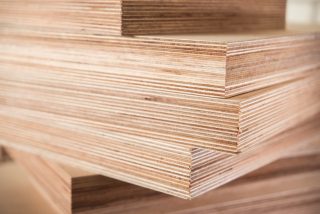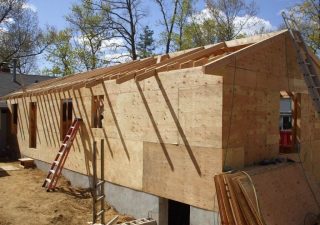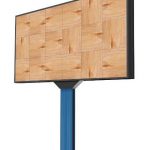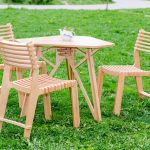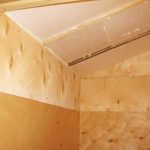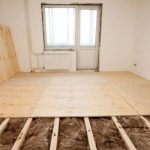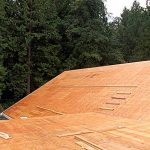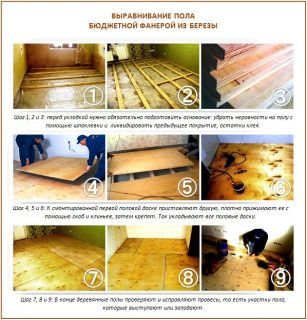Plywood is a popular building material. It is used for wall cladding, furniture manufacturing, and design of garden pavilions. Materials for different purposes differ greatly in their properties.
Material description
The way the layers are laid determines the peculiarity of plywood: it is the same well tolerates bearing loads as well as bending and stretching... Due to the multidirectionality of the fibers, the material exhibits the same properties in all directions.
Plywood is made most often from pine and birch, sometimes wood is combined... The material for furniture from the front side is often trimmed with veneer of a more expensive and beautiful wood. Birch plywood is stronger and more durable.
The characteristics of the material are largely determined by the adhesive composition. Natural albumincasein glue is completely safe for humans and environmentally friendly. However, it is not resistant to the action of water, such plywood can only be used for finishing dry living spaces. Bakelite plywood, impregnated and glued with Bakelite glue, is completely insensitive to water and can be used in tropical climates and even underwater.
The home craftsman most often deals with two varieties: FSF and FC.
FC
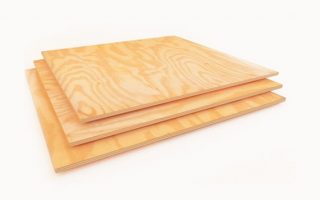
FC - grade of material, where a carbamide composition is used as an adhesive. In the decoding of the brand, the second letter indicates the type of glue. Veneer is used only from hardwood - walnut, alder, birch, aspen... A combination of different breeds is allowed. The material is available, the adhesive is inexpensive, so the resulting plywood is budgetary. At the same time, it is durable and perfectly withstands heavy loads. FC grade is used for flooring underlays for laminate, parquet, linoleumas the material is very stable.
Maximum sheet thickness FC - 40 mm... The quality largely depends on the type and grade of the veneer. Low-grade wood cuts are not as strong and include too many defects.
Lack of FC – low water resistance. The adhesive composition loses its properties under the influence of dampness. The sheet exfoliates, warps, curls. After drying, plywood does not return to its original appearance. Therefore, in the event of a leak, for example, the substrate is irretrievably deformed and must be replaced.

FSF
Formaldehyde resins throughout the entire service life form phenol vapors... There may be more or less vapors depending on the composition of the glue. This indicator is determined emission class - from E0 to E3. In dwellings, it is allowed to use material of at least E1 class. The rest of the options exude too much phenol; such plywood is used only for external work.
Wood for FSF is used both deciduous and coniferous... Phenolic glue is more versatile and holds resinous wood together. Since the material is rarely used for furniture production, expensive wood veneer is rarely used for decoration.
FSF is distinguished by high strength and durability - one and a half times stronger than FC. FSF can withstand a pressure of 60 MPa. The mechanical resistance to scratches and impacts is also great.

Selection rules
- For cladding facades or in the construction of outbuildings take only the FSF. FC is not resistant to water and will quickly deteriorate. For external work, you can use a material with a high emission class.
- Children's swings, sports facilities, outdoor advertising structures are also made from FSF.
- For garden furniture take FSF, but with a low emission class, since these objects come in contact with human skin.
- For cladding interior walls of residential premises take FC. But for bathroom and kitchen the material is not suitable, as it does not withstand high dampness. For these rooms, a FSF with a low emission class is used.
- As underlays for the floor chooses FC.
- how roof lining use the FSF. There is a great risk of leakage here.
- FC are made from furniture for home, office, shop... They also make container for transportation.
FC is often used for the manufacture of decor and home crafts, since plywood is easy to saw, cut, bend.
Which plywood is best for the floor
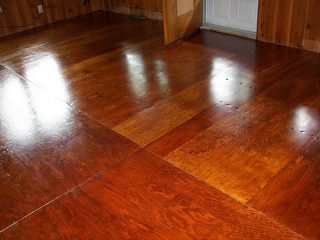
First of all, the choice is influenced by the appointment - finishing or rough flooring... The second requires durable and attractive plywood. The leveling underlay should be simple enough to ensure the stability of the structure.
Selection options the following.
- Brand - FC is suitable for dry living quarters. For the bathroom, kitchens take FSF with an emission class not higher than E1.
- Grade - for rough flooring, high grade is not needed, so sheets of 3 and even 4 grades are used. For finishing flooring, take plywood of 1 or 2 grade.
- Humidity - dry wood is required for the floor, with a moisture content of no more than 15%.
- Number of layers - or sheet thickness. The subfloor serves as a stabilizer, so its minimum thickness is 12–18 mm. The finishing flooring can be thinner - 10–12 mm. If the plywood is laid in 2 layers, the specified thickness is halved.
- Sheet dimensions - for small rooms it is better to take the usual format, since it is easier to adjust it manually.
It is worth paying attention to the manufacturer as well.
Floor leveling technology
The technology is as follows.
- Sheets cut in size, taking into account the configuration of the room. It is recommended to lay on dry, adjust and then number the sheets.
- Plywood stack on the old floor and consolidate hardware. Self-tapping screws are embedded in the material.
- Sheets are stacked end-to-end, taking into account the deformation gap... There should be 5 mm between the sheet and the wall.
- Ready the substrate is processed a sander to remove any irregularities.
- Grooves from hats of hardware or random cracks putty.



